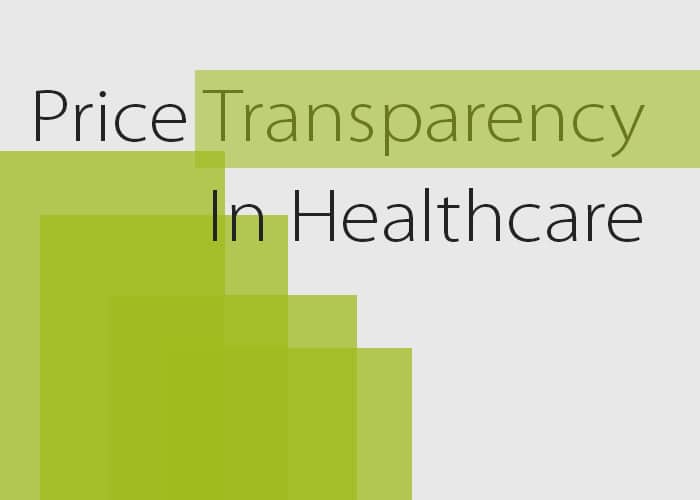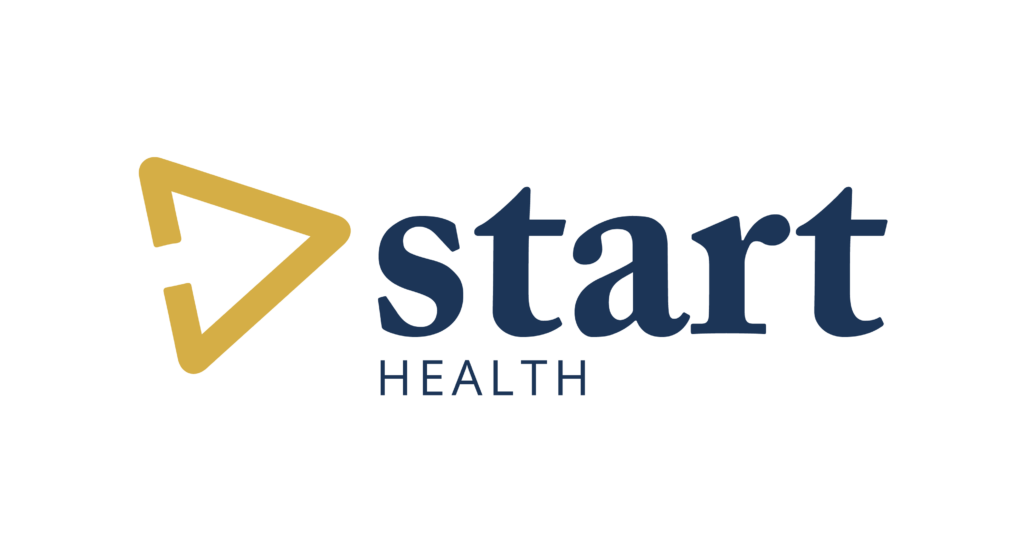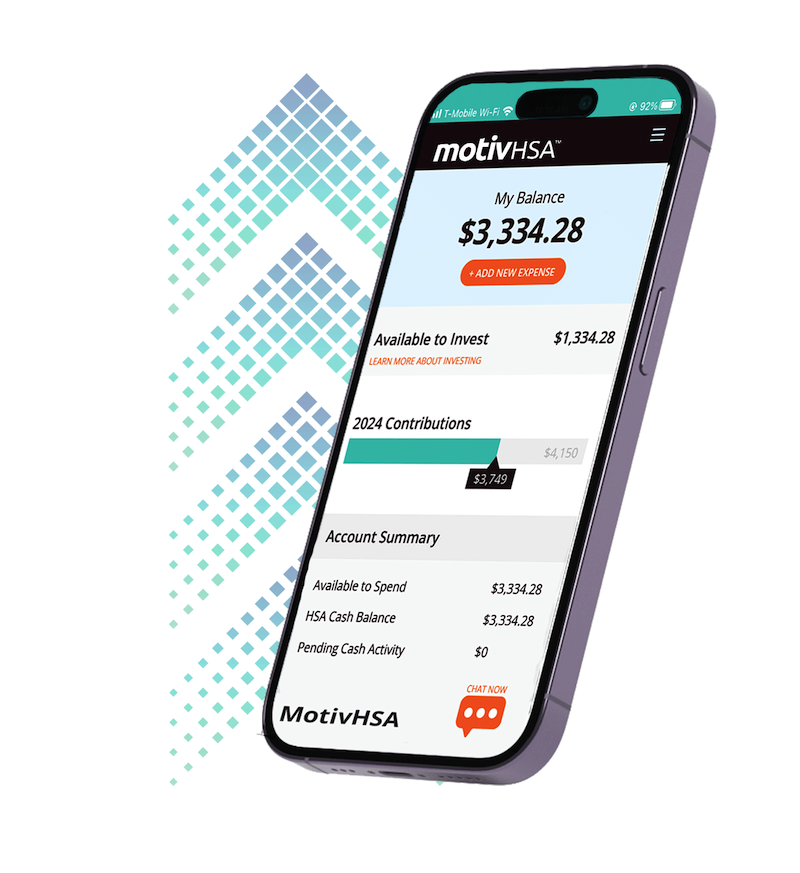Here is list of things we’ll buy without bothering to look at the price: a pack of gum, a coffee, and… knee surgery?
There are several reasons why people don’t “shop around” for healthcare prices. Underlying this phenomenon is the fact that we’ve been shielded from the true cost of healthcare for so long, we’ve been conditioned to not care about knowing costs.
As healthcare reaches reaches a crisis state, however, more people do care about costs, from executives to legislators to consumers. But there still reasons why the average consumer won’t compare prices. First, if a person is on employer-sponsored health insurance, they might assume they’ll pay the same thing regardless of which hospital or surgeon they choose. “Premiums, deductibles, out-of-pocket, blah, blah, I just need this hernia repaired, not a math test.” Second, a person might just assume prices don’t vary that much (wrong, they vary to an absurd degree). Third, people don’t know where they’d look to find pricing.
Let’s break down these barriers to better healthcare consumerism.
“I Don’t Price Shop Because I Have Good Insurance. They’ll Cover It.”
This is an unwise attitude to have, and it will come back to haunt you, even if you don’t feel the consequences directly.
Say you chose to have a hernia repaired for $10,000, when the same repair could have been done elsewhere by a higher quality provider for $2,000. If your deductible is $2,000, you’ll pay $2,000 for either place. Okay, no difference, right?
Well, many plans only cover 80 percent after the deductible. If you’ve opted for the more expensive procedure, 20 percent of $8,000 is $1,600. That comes from your bank account.
But say your insurance is awesome, and covers 100 percent after your deductible. Lucky you. The more expensive procedure doesn’t take more of your money. But you’ve tipped a domino. The insurance took that $8,000 gut punch. “Good,” you’re thinking, “they probably deserve it.” Regardless of who deserves what, that unnecessary financial burden is simply placed back on consumers in the form of premium and deductible hikes in the future. That means companies won’t be able to offer as good of health plans to employees, and healthcare coverage will become more expensive in general.
So by not price shopping, you are contributing to the ruin of the healthcare system.
“Healthcare Prices Don’t Vary That Much.”
Let’s look at average knee replacement surgery prices across the country:
- Sacramento: $57,000
- Miami: $27,000
- New York: $36,584
- Tucson: $21,976
- Philadelphia: $33,338
- Dallas:$45,275
- Source: npr.org
Are we saying that if you live in Dallas, flying to Arizona to have surgery could save you $10,000? Yes it could.
Similar variation is seen in everything from MRIs to colonoscopies to C-section deliveries. In a word, prices vary wildly, not just from state to state, but from city to city, and especially from hospital to hospital, and doctor to doctor, even within your network.
The savvy reader may wonder, doesn’t higher price mean better quality?
Research suggests that price is not a good predictor of outcome. In fact, many hospitals aren’t aware of how much a procedure actually costs them. They are simply setting the best price they can. It’s a business run on profit, after all. The disconnect between price and costs is the heart of the problem.
“I Don’t Know How to Find Out the Price of Procedures.”
Imagine grocery shopping with all the price tags removed. One loaf of bread will cost you $2, and another $50, but you won’t know which until paying.
That’s what it’s like for healthcare consumers. While most states require hospitals to report price information, many simply don’t give that information to patients, even when asked. In a recent study by from the University of Toronto and Boston University School of Medicine, researchers canvassed hospitals and surgeons to get price quotes for a full hip replacement surgery. They got a complete or partial price about half the time. Compared to a previous study conducted by the same researchers, the number of hospitals that could provide any price information actually dropped. In other words, prices might actually be becoming less transparent.
Currently, there is little incentive for doctors and hospitals to lower costs, because patient’s can’t factor price into their decisions when there is no price tag to be found. Price transparency would provide incentive to lower costs, according to Anna Sinaiko of the Harvard T. H. Chan School of Public Health in Boston. After all, nobody is going to pay for $50 loaf of bread.
“Increasing transparency could also benefit the health care system broadly because it would be increasingly difficult for clinicians to charge significantly higher prices than others without commensurate differences in quality,” she wrote, commenting on the study. “These high prices are a key contributor to higher health care spending in the US relative to other countries.”
Wouldn’t it be great if doctors and hospitals had to compete for your business? That’s how an economy is supposed to work, and why prices go lower.
Price transparency isn’t a new issue. In 2014, the Centers for Medicare and Medicaid Services were asked to make pricing information available. But as this recent research shows, transparency still isn’t where it needs to be. Even if prices are available, a patient has to put forth a lot of effort to find them.
Part of the problem is that prices aren’t always easy to calculate. In many cases, it is hard to determine, in advance the health services a patient will need. For example, if an unexpected complication comes up in surgery, that’s added cost. Additionally, charges often originate from many providers, so costs are hard to nail down and appropriately aggregate.
But for something common like hernia repair or appendix removal, shouldn’t a price estimate be easy to acquire? Yes. For this reason, some insurance companies and third parties are starting to offer price transparency tools. Remember, insurance companies are happy if they can pay less to cover your procedure.
A white paper from Thomson Reuters found that the United States could save $36 billion in healthcare spending with price transparency. For this reason, governments, anxious to lower healthcare costs, also see a benefit to price transparency. Some states, like New Hampshire and Massachusetts, passed price transparency laws, with the hopes that it will drive a more competitive marketplace and lower prices. Most states, however, are terrible with medical care price transparency.
Pushing to know prices is one way consumers can help to correct a flawed healthcare system. One tool consumers can use to know fair prices is the Healthcare Bluebook (www.healthcarebluebook.com). Another is clearhealthcosts.com, which actually lets consumers contribute data about what they’ve paid for medical care, so others can see pricing.
Consumers can also turn to alternative health plans. Some companies offer high deductible health insurance plans attached to a health savings account (HSA), as an option to increase member awareness and encourage them to compare costs. An HSA is essentially a tax-advantaged savings account that can be used for certain qualified medical expenses. Unlike health insurance premiums, contributions are made tax free and anything contributed to an HSA rolls over from year to year, allowing funds to aggregate. Healthcare consumers can therefore take ownership over their healthcare decision making rather than pay dues to the system for a dubious return.
HSA Healthplan in Utah is one such company that combines high deductible health insurance with an HSA. They’ve built a database of pricing for a variety of medical procedures, and push members to compare pricing before receiving medical care/treatment. When members choose more affordable, high value providers and facilities, the company rewards them by putting some of the savings towards the members out-of-pocket costs for the procedure or back in the members’ individual health savings accounts. These funds can be used to pay for current medical needs or future medical, dental, vision and prescription expenses.
As demand for price transparency increases, price will begin to more closely coincide with actual costs. When the two are disconnected, we don’t have a competitive market. When they are connected, costs go down, and the healthcare economy becomes healthier.
Sources:
http://www.akleg.gov/basis/get_documents.asp?session=30&docid=14495
https://www.commonwealthfund.org/publications/newsletter-article/health-care-price-transparency-can-it-promote-high-value-care
https://www.kqed.org/stateofhealth/19612/share-your-bill-make-health-costs-transparent-in-california
https://jamanetwork.com/journals/jamainternalmedicine/article-abstract/2682614




No Comment